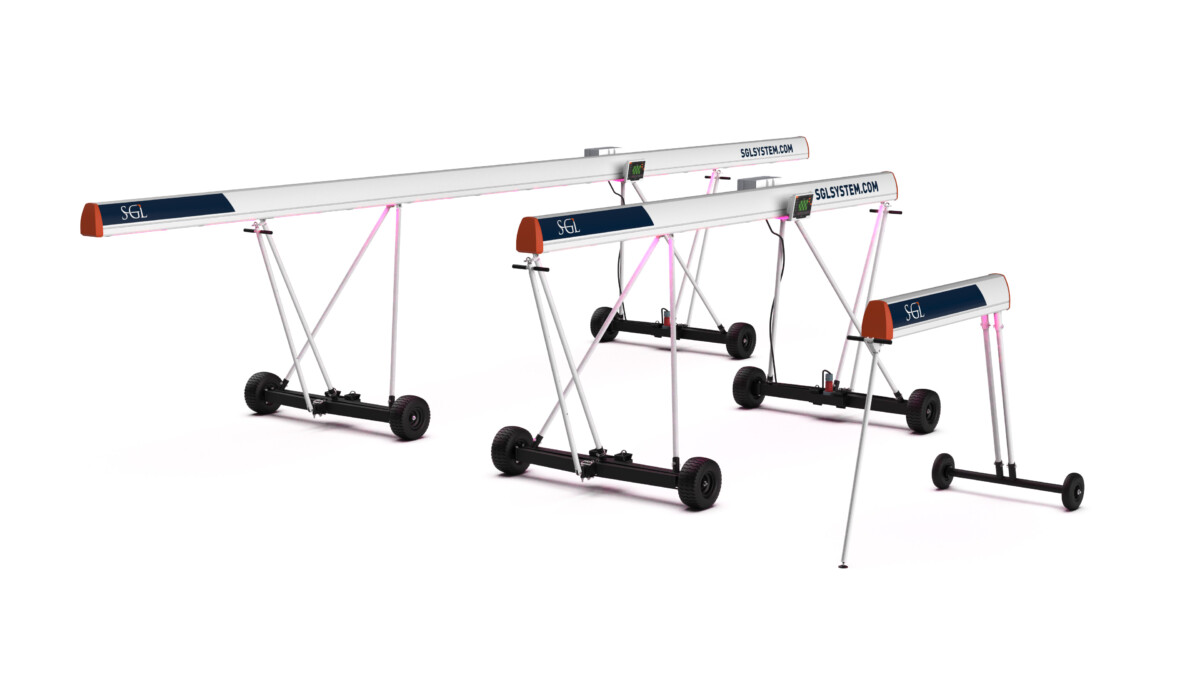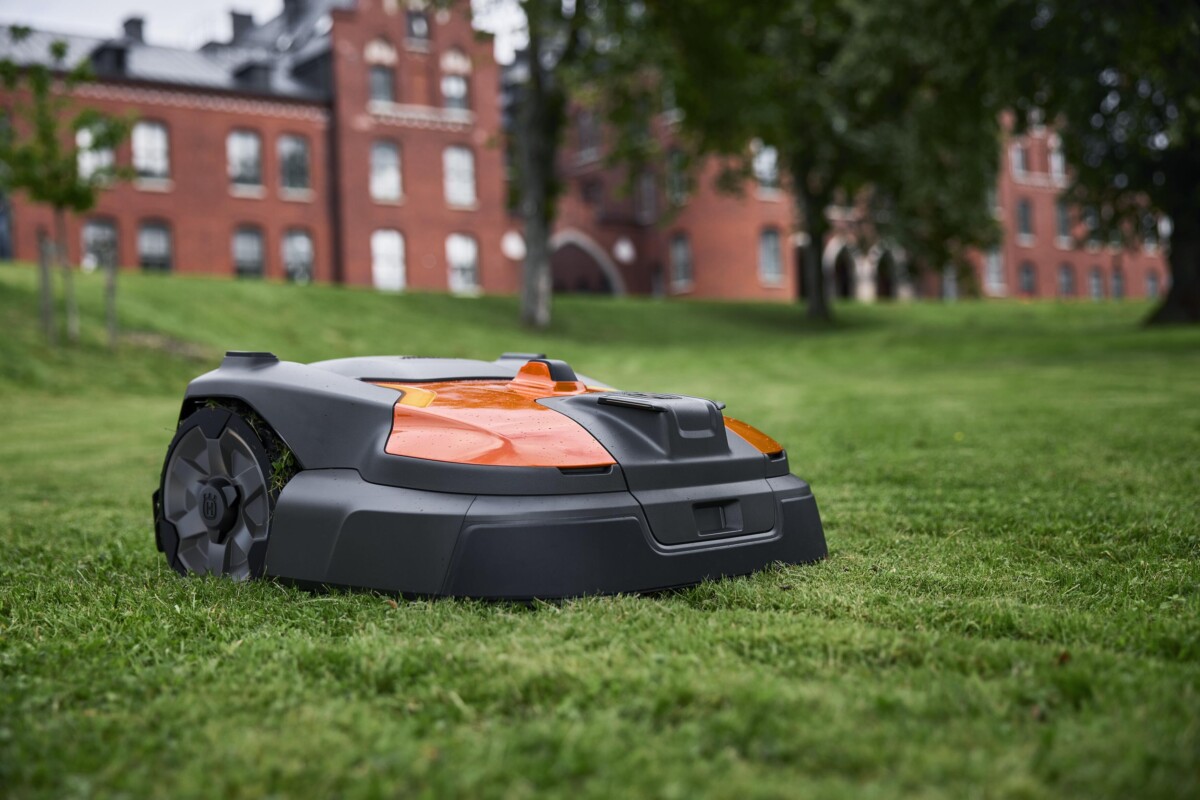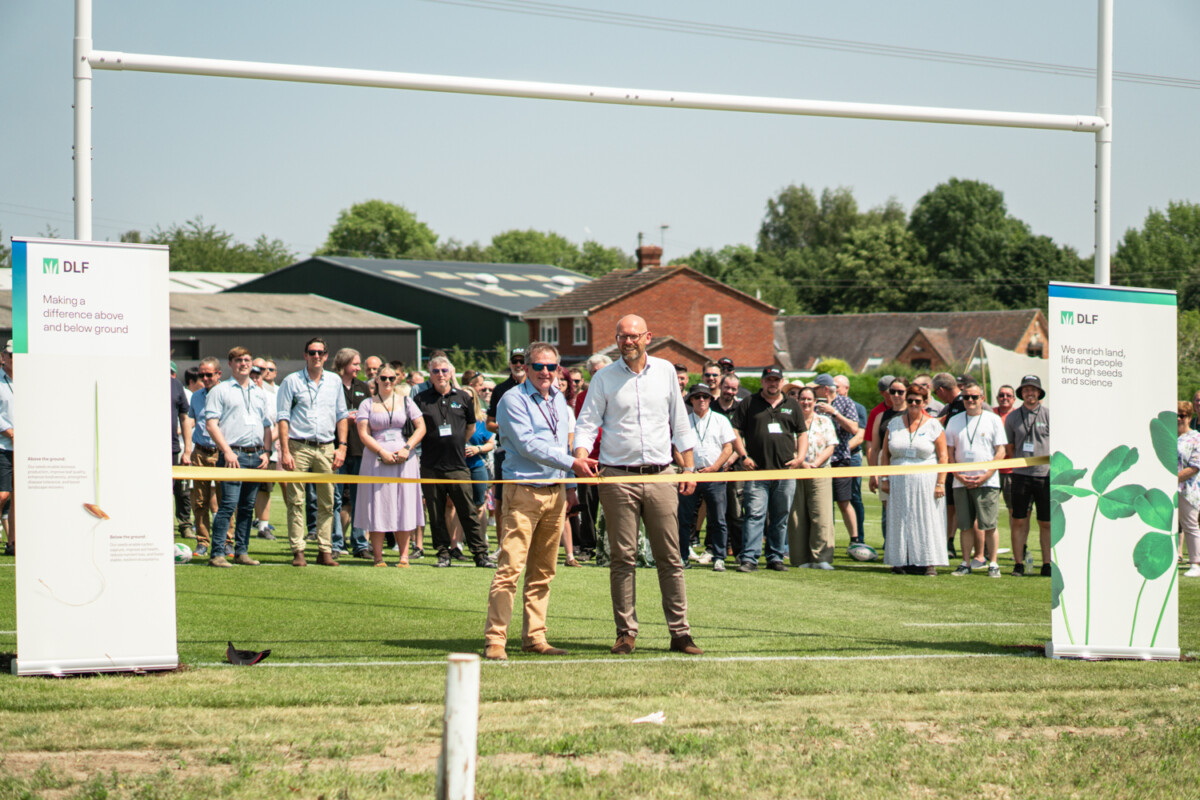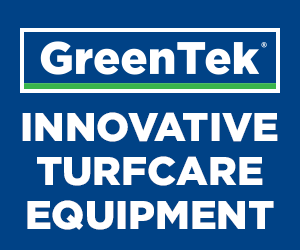Dew diligence: Water management is an essential element of every turf maintenance programme. We work hard to keep the soil moisture content at the right level to maintain good turf health and to optimise surface playing qualities. We aerate, top dress, install drainage and try to keep soil organic matter content under control to create a soil profile with the required water retention and drainage properties. We also have irrigation systems to supplement soil moisture deficits and we guide their careful use with the help of accurate moisture probes.
Surfactant technologies are also used to help optimise the penetration, spread and retention of water within the soil profile. Moisture management is of huge importance and it is at the heart of all our modern turf maintenance programmes.

Dew diligence
But it is not only the soil water content that needs managing. Moisture at the turf surface and within the sward canopy also needs to be controlled. Damp autumn/winter conditions can lead to the deposition of a significant amount of moisture at the turf surface in the form of dew. This condensation of atmospheric water can adversely affect playing qualities, it can reduce the effectiveness of maintenance operations and it can encourage the rapid development of fungal disease activity.
These are the reasons that we commonly employ switching, brushing, blowing and surfactant-based dew dispersants to remove the moisture from the surface and alleviate the potentially significant negative impacts.
We know the main problem with the physical methods of dew dispersal (switching, brushing, blowing etc.) is that they can be temporary and the dew can continue to form afterwards. This is where the surfactant-based dew dispersants come into their own, because during the time of their activity they continue to work 24 hours a day.
A close look at turf successfully treated with a surfactant-based dew dispersant will reveal an amazing reduction in moisture being held within the leaf canopy. The significant reduction in canopy moisture provided by H2Pro DewSmart has been repeatedly shown in independent trials to slow down the rate of development of Microdochium patch disease and can credibly be included as an important element within autumn ITM disease control programmes.
The problem with surfactant-based dew dispersants, however, is getting them to work consistently for more than a couple of weeks. This is because to work effectively, we generally need to stick them to a dry leaf and a truly dry leaf can be a rare commodity during the autumn and winter period. Of course, any late autumn growth and subsequent mowing will also remove the surfactant from the treated leaf blade, shortening the longevity of dew dispersion.
You will find that some “penetrant” surfactant based formulations will also suppress dew for a short period, but again reasonable longevity is the problem. In our trials we have found that the most effective results in terms of effectively contributing to an autumn disease reduction programme is to alternate between treatments of H2Pro DewSmart and H2Pro FlowSmart penetrant surfactant every fortnight during late autumn and early winter because it brings together the benefits of taking both approaches.
Moisture management is always an important part of turf maintenance and leaf moisture management during the autumn and winter is no different. There are several approaches that you can take, ranging from switching the surface through to spraying a dew dispersant surfactant and because all of them have their limitations then you should probably be employing them all to some degree at different times. We know that dew dispersants can be really effective and can play an important part in a progressive ITM programme but they need to be applied correctly. Rest assured that a new generation of dew dispersants could soon become available where the surface conditions are not so critical to achieving successful results. In the meantime, a diligent approach is needed with different techniques being employed when conditions allow to help maintain turf health and playing qualities throughout this most difficult time of the year.


























